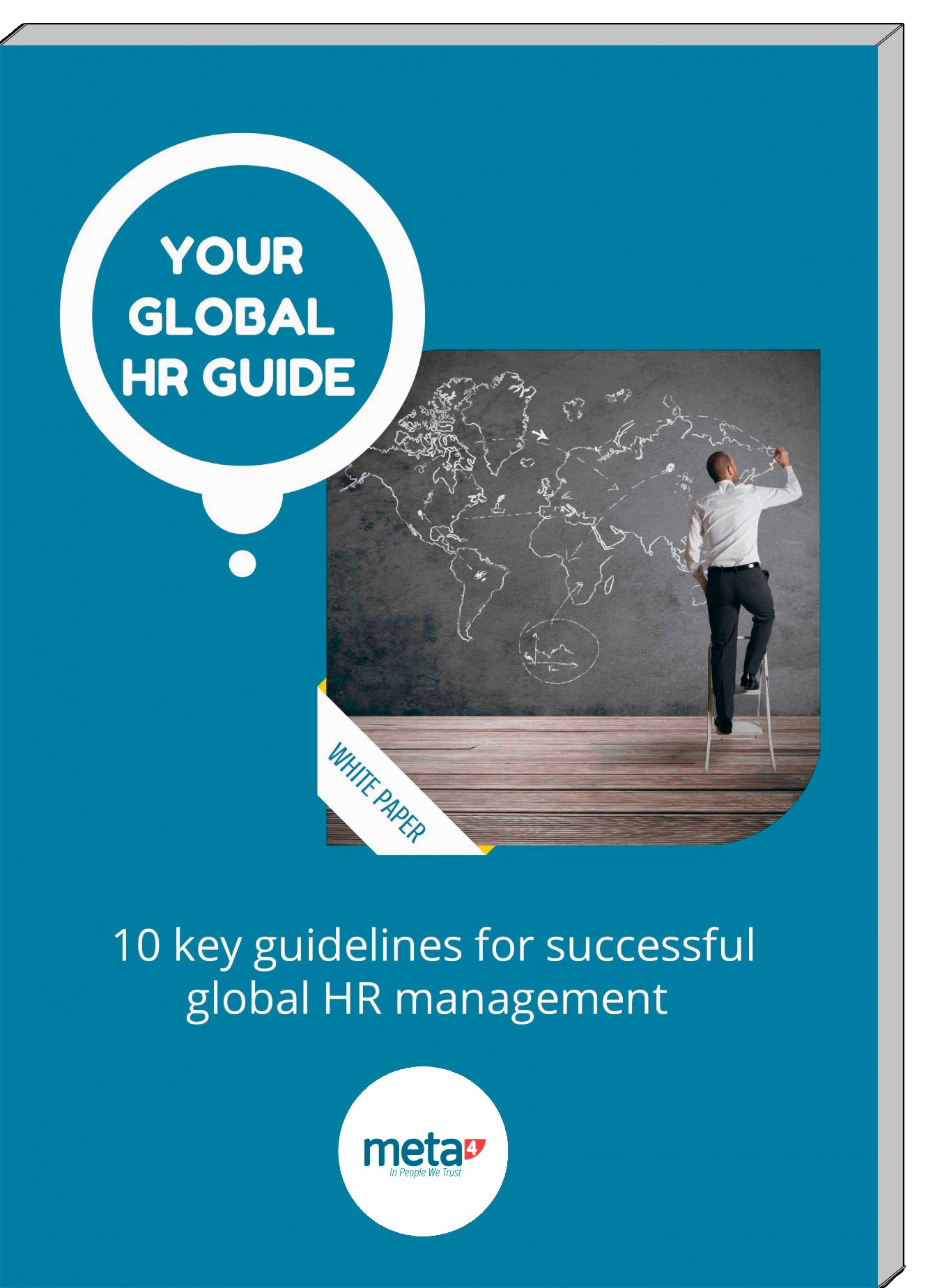The trend towards internationalization and globalization of companies is growing. Gone are the days when the organization of an international company consisted of a combination of local businesses around a weak decision-making head office. Today, the balance of power is reversed. The subsidiaries are the ones who apply the policies defined by the head office, which has strengthened its power by developing global processes and practices to be applied in all countries. HR now takes on a more strategic and global role, they are increasingly gathering more and more global power worldwide. In this white paper, we hope to meet your needs as best as possible by providing the right kind of guidance while escorting you on your path towards globalizing your HR management.
Align organizations, be flexible, have global and local processes, reduce costs, work in a secure environment, comply with legal regulations, access real time information from anywhere—in response to these new needs, multinational companies should be equipped with the best tools for managing HR in order to concentrate on the essential: the key HR processes, from recruitment to talent management.
If you are present in many countries, when you cross-examine your HR solution you must have the same information available for all of your employees around the world. So if talent management is central, above all be sure to take the time to build your Core HR, your set of common data on all your employees.
This is how Meta4 makes the difference by helping you build the foundation of your HR platform and by offering you a SaaS solution in multinational mode, where all HR processes are integrated in a single environment.
Jean-Louis Pérol, Director of International Development, Meta4
Discover in this paper the way to real global hr implementation through the following steps:
- Management’s strategic visión
- A dedicated project team
- Involving local teams right from the start
- Maintaining a global workforce
- Building Core HR: a pre-requisite
- SaaS mode to power HR transformation
- A modular approach to progressive goals
- Multi-level reporting in place
- A “glocalized” HR solution
- The right kind escort for your project







